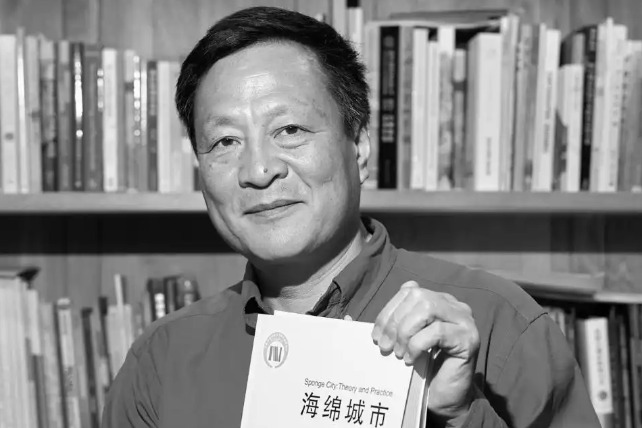Ancient climate offers clues to future South Asian monsoon shifts

BEIJING -- How will the South Asian summer monsoon, which delivers about 80 percent of the region's annual rainfall, respond to global warming?
Climate models have projected intensified rainfall but paradoxically weaker atmospheric circulation -- a phenomenon that has long puzzled scientists. A new study published in Nature draws on Earth's ancient warm periods to help explain how the monsoon may evolve.
The research, led by scientists at the Institute of Atmospheric Physics (IAP) under the Chinese Academy of Sciences, analyzed six climate scenarios -- from the mid-Pliocene epoch (3.3 million to 3 million years ago) to high-emission projections for 2071 to 2100.
By integrating multi-model climate simulations with geological records, the team found consistent trends: monsoon rainfall tends to increase overall, while circulation weakens over the Bay of Bengal but strengthens over the northern Arabian Sea.
Crucially, the study links the past and future by showing that these mechanisms operate similarly across warm climate intervals, differing primarily in time scale. This allowed researchers to build physics-based models that accurately project future monsoon behavior.
"Our findings underscore the value of paleoclimate data in refining projections for one of Earth's most critical climate systems -- with profound implications for water security and climate adaptation planning in South Asia," said Zhou Tianjun, a professor at the IAP.
- Global engineering congress to be held in Shanghai
- 'Lingka' custom in Xizang evolves into new form of cultural tourism, vibrant lifestyle
- From logging to guardianship: How China protects green source of its 'mother river'
- China rescues 10 Myanmar seafarers in South China Sea
- Qingdao sees surge in travelers to S Korea under its temporary visa-free policy
- China's 2025 box office surpasses 2024's full-year gross





































